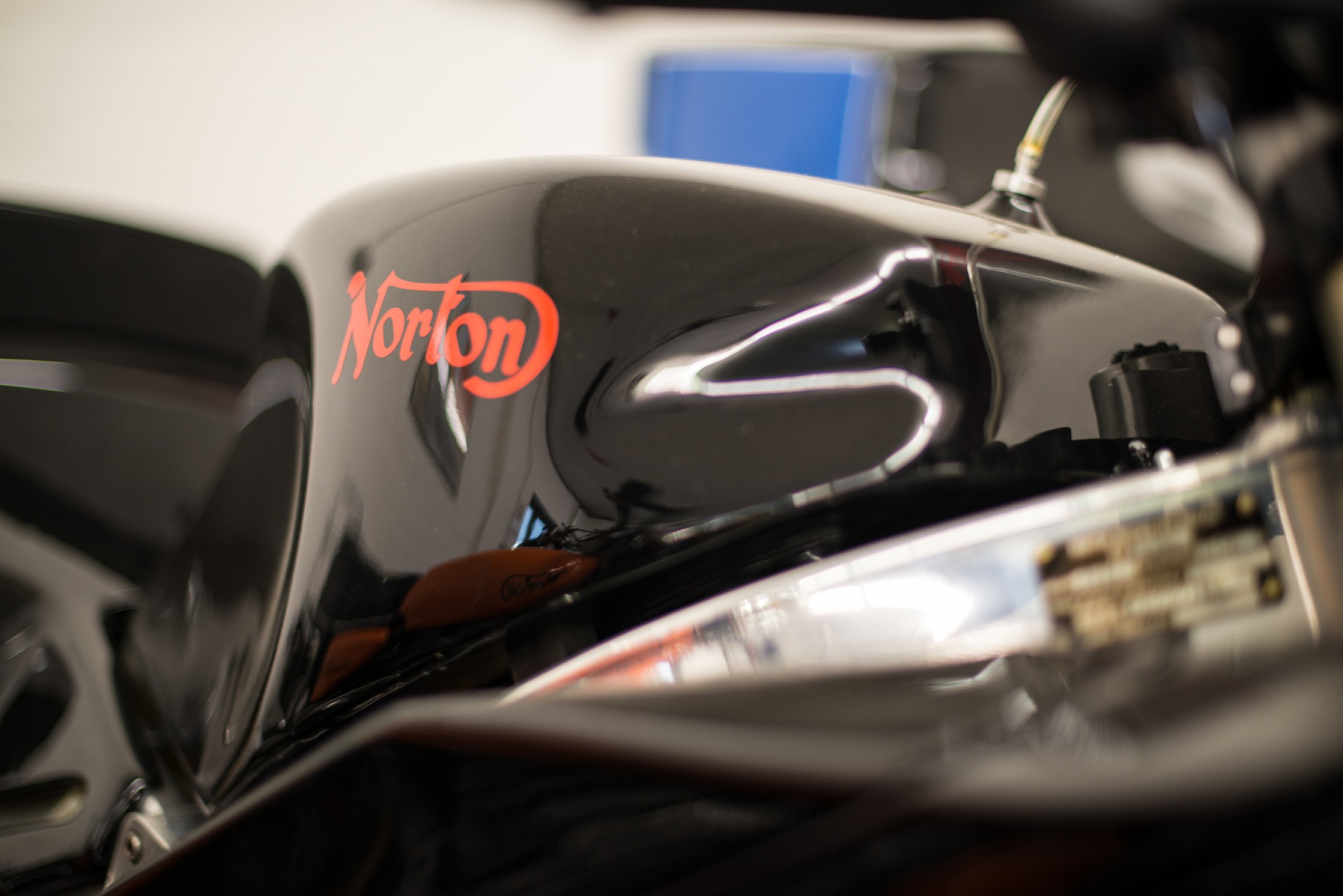- Joined
- Jul 27, 2009
- Messages
- 107
I’m guessing this has been discussed a great deal over the years,but just thought I’d ask any way. Bike is now running after rebuild. Hoping to get her out on the road over the next week or so. I will have to retorque head after a 100 or so miles,this I know. What I don’t know is how you guys actually do this. I have sockets , box spanner and normal spanner of correct size and funny shape etc etc.......... but how do you actually get to torque the bolts to the required torque? We have upside down nuts, deeply sunken nuts etc etc........... I can’t see any special tool available to do this accurately, but obviously and engine rebuilders must do it ................thanks.



